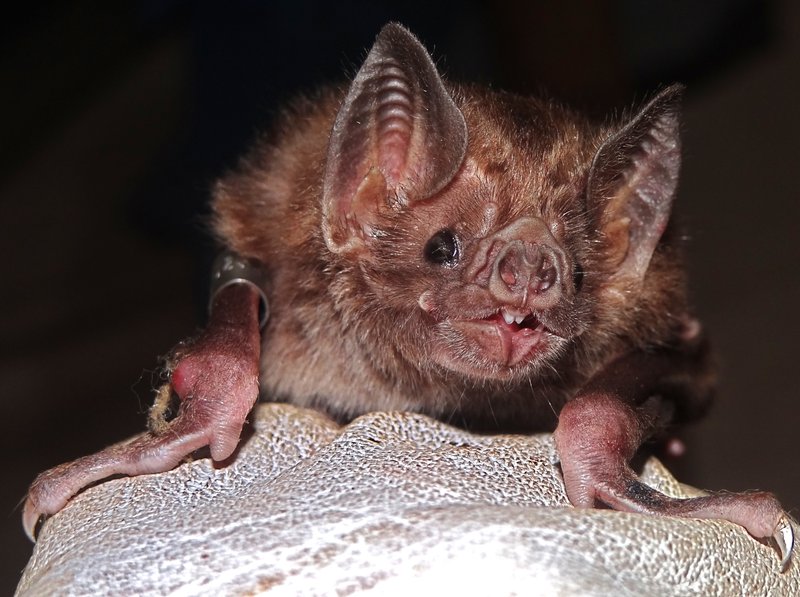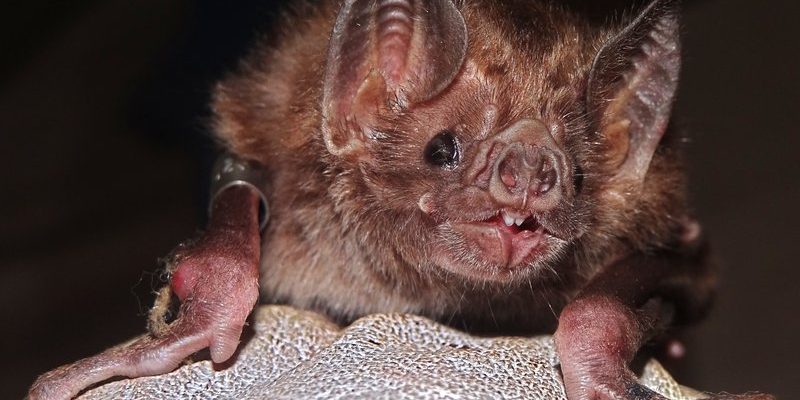
Vampire bats are social animals, living in colonies and forming strong bonds with one another. This community aspect plays a huge role in how they nurture their young. So, let’s dive into how these intriguing creatures raise their babies in the wild, a process that’s as captivating as it is essential for their survival.
Understanding Vampire Bat Behavior
Vampire bats belong to the *Desmodontinae* subfamily, which is part of the larger bat family, *Phyllostomidae*. They’re typically found in the warm climates of Central and South America. Unlike other bats that primarily eat fruit or insects, these bats feast on the blood of larger mammals. But here’s the thing: they don’t just swoop in and start biting. They’re more like “blood chefs,” using their specialized teeth to make a small incision and then lap up the blood.
Living in social groups, or colonies, vampire bats have a lot to teach us about teamwork and community. Their social structures are complex, and you might be surprised to learn that vampire bats even engage in reciprocal feeding. This means if one bat shares a meal with another, it’s likely to receive help in return later! These communal relationships are essential, especially for the mothers who are raising their young.
How Mother Bats Care for Their Young
Vampire bat mothers are incredibly devoted. After giving birth to a single pup, which is about the size of a human thumb, they quickly bond with their little one. Let me explain: this bond isn’t just about warmth and comfort. It’s also about survival. A bat pup relies entirely on its mother’s milk for nourishment, and this feeding typically lasts for about three months.
As the pup grows, the mother begins teaching it essential skills. This includes flying, feeding, and social behavior within the colony. Here’s a little story: imagine a young bat, wobbly and unsure as it tries to take its first flight. The mother patiently encourages it, guiding it through the air until it masters the skill. It’s a heartwarming picture of parental dedication.
The Importance of Social Learning
One of the most fascinating aspects of how vampire bats raise their young is the concept of social learning. This means that not only do pups learn from their mothers, but they also absorb behaviors from other bats in their colony. For instance, if a pup observes another bat successfully feeding, it can mimic that behavior later on.
This learning process is crucial since hunting for blood is a skill that requires practice and finesse. With guidance from both mom and the larger community, pups become adept at feeding as they grow. It’s a bit like apprenticeship—learning the ropes from those who are already experts in their craft.
What Happens When Resources Are Scarce?
Living in the wild has its challenges, especially when food sources become limited. During tough times, like droughts, vampire bats may face difficulties finding suitable animals to feed on. Here’s where the colony’s social structure shines again. Bats often share food, allowing mothers to keep their pups nourished even when hunting is tough.
This trait of sharing food is critical. It not only supports mothers and their young but also strengthens the bonds within the colony. Think of it as a community safety net—the stronger the ties, the more likely everyone will thrive.
The Role of Male Bats in Raising Young
While it’s mostly the females that carry the load of nurturing the pups, male vampire bats also play a role—albeit indirectly. Male bats often help maintain the colony, protect it from predators, and ensure that there’s a safe environment for the young bats to grow.
In some cases, males will also engage in *grooming behaviors* with females and pups, which reinforces social bonds. This grooming isn’t just for hygiene; it also plays a part in the relationships that help ensure the survival of the pups. Imagine a group of bats all pitching in to help one another; it’s community in action!
Challenges Faced by Baby Vampire Bats
Just like any young animal, vampire bat pups face their own set of challenges. Predation is one of the most significant threats. Young bats are vulnerable to predators like hawks and snakes. Because of this, the colony becomes a protective unit, where adults work together to keep watch and defend against potential threats.
Another challenge is finding enough resources. While the social structure helps, a bad season can lead to a shortage of food. It’s in these moments that the strength of their community becomes most apparent, as they rally to support each other.
Why Understanding Their Raising Methods Matters
So, why should we care about how vampire bats raise their young? Well, understanding these methods gives us insight into animal behavior and ecology as a whole. It helps highlight the importance of social bonds in not just bats, but in many animal species.
Plus, studying these fascinating creatures can reveal how ecosystems function and how every animal contributes to a balanced environment. Learning about vampire bats can inspire us to think about conservation and the importance of preserving their habitats.
In conclusion, the way vampire bats raise their young is a beautiful example of cooperation, care, and survival. They show us that even the smallest creatures can have remarkable relationships and strategies for nurturing their families. The next time you hear about vampire bats, remember the little bat moms skillfully balancing their roles as both caregivers and hunters. Isn’t nature’s way of parenting just incredible?

